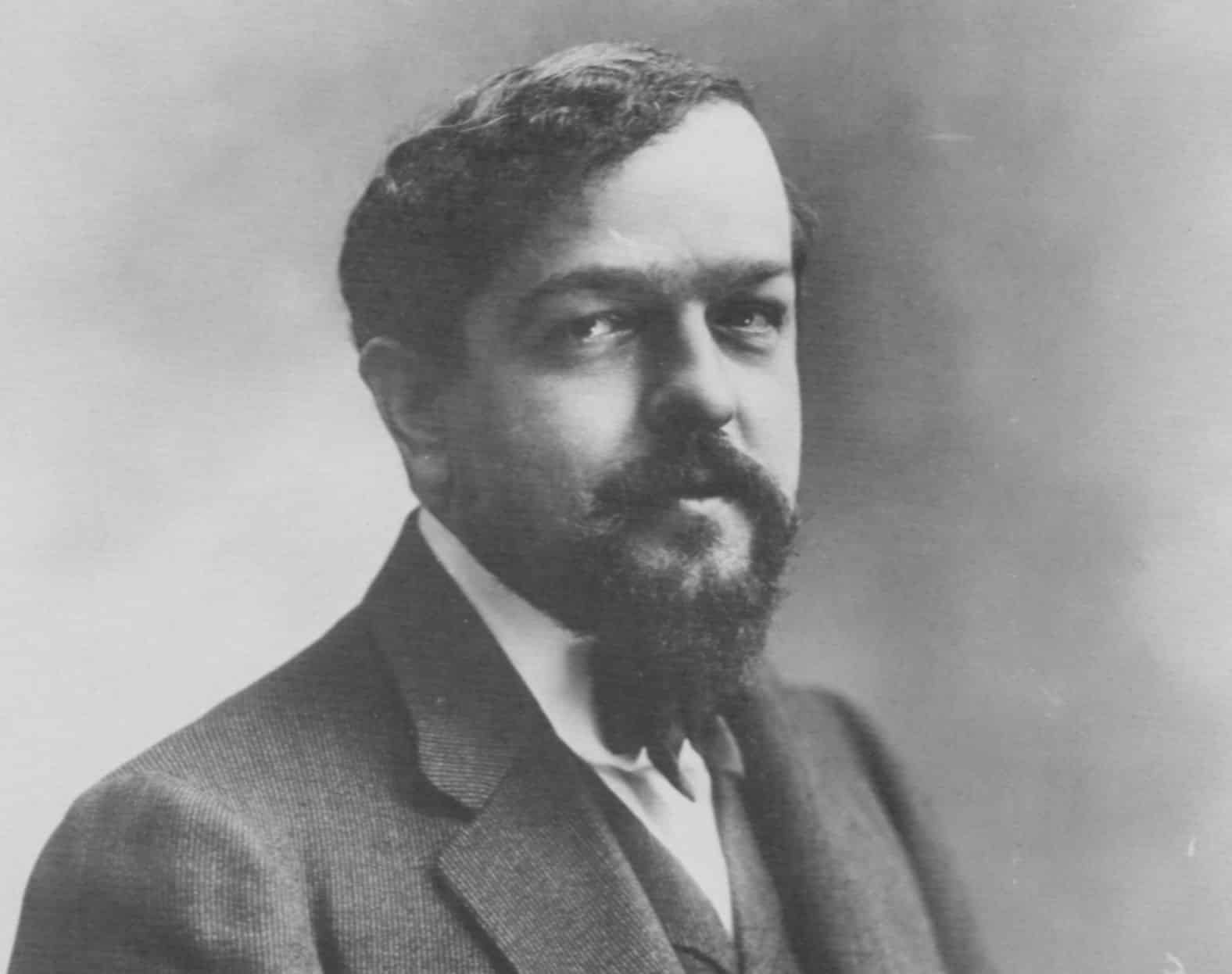Among the shimmering gems of early 20th-century orchestral music, Claude Debussy’s Iberia stands out as a masterful evocation of Spain—by a French composer who, interestingly, never set foot in the country. Part of his larger orchestral suite Images pour orchestre, Iberia has captivated listeners with its vivid colors, rhythmic vibrancy, and impressionistic flair since its premiere.
The Origins of Iberia
Debussy composed Iberia between 1905 and 1908 as the central piece in Images, a triptych for orchestra. The three movements of Images are: Gigues, Iberia, and Rondes de printemps. Among them, Iberia gained the most popularity and is often performed independently of the others.
The title itself hints at Debussy’s fascination with the exotic and the picturesque. While Debussy had long admired the music and atmosphere of Spain, it was through his imagination and exposure to Spanish music in Paris—not personal travel—that he formed his sonic vision of the Iberian Peninsula.
Structure and Movements
Iberia is divided into three connected sections:
- Par les rues et par les chemins (Through the streets and the paths)
This opening movement is bustling and festive, filled with Spanish dance rhythms and street sounds. It evokes a lively village scene, complete with castanets and dynamic rhythms that mimic the movement of people and carriages. - Les parfums de la nuit (The scents of the night)
Here, the mood shifts to a more sensual and atmospheric tone. The orchestration is lush and mysterious, painting the sultry air of a warm Spanish night. Debussy explores exotic harmonies and subtle tone colors, creating a dreamy interlude. - Le matin d’un jour de fête (The morning of a festival day)
The final movement bursts with celebration, mirroring the excitement of a Spanish fiesta. With brilliant orchestral effects and driving rhythms, Debussy brings the suite to an exhilarating close, leaving listeners with a sense of joy and vibrant sunlight.
Reception and Legacy
Iberia premiered in Paris on February 20, 1910, conducted by Gabriel Pierné. It was met with great acclaim, with audiences and critics alike praising Debussy’s ability to capture the spirit of Spain so authentically without resorting to clichés.
Even the great Spanish composer Manuel de Falla remarked, “The intoxicating spell of Debussy’s Iberia makes one forget that it was written by a Frenchman. It is Spain—seen through the eyes of a poet.”
Today, Iberia is considered one of Debussy’s orchestral masterpieces and a landmark in impressionist music. Its innovative orchestration, rich textures, and evocative mood continue to influence composers and delight audiences worldwide.
A Frenchman’s Spanish Dream
What makes Iberia so remarkable is Debussy’s ability to transcend borders. Through careful study and unmatched creativity, he created a musical landscape that feels deeply rooted in Spanish culture—yet is undeniably filtered through his own unique artistic lens. It is a testament to the power of imagination and the universality of music.
Whether you’re strolling through its lively streets, basking in the scents of the night, or dancing at a festival dawn, Iberia invites you to experience Spain as only Debussy could imagine it: a place of magic, rhythm, and radiant color.


Comments are closed